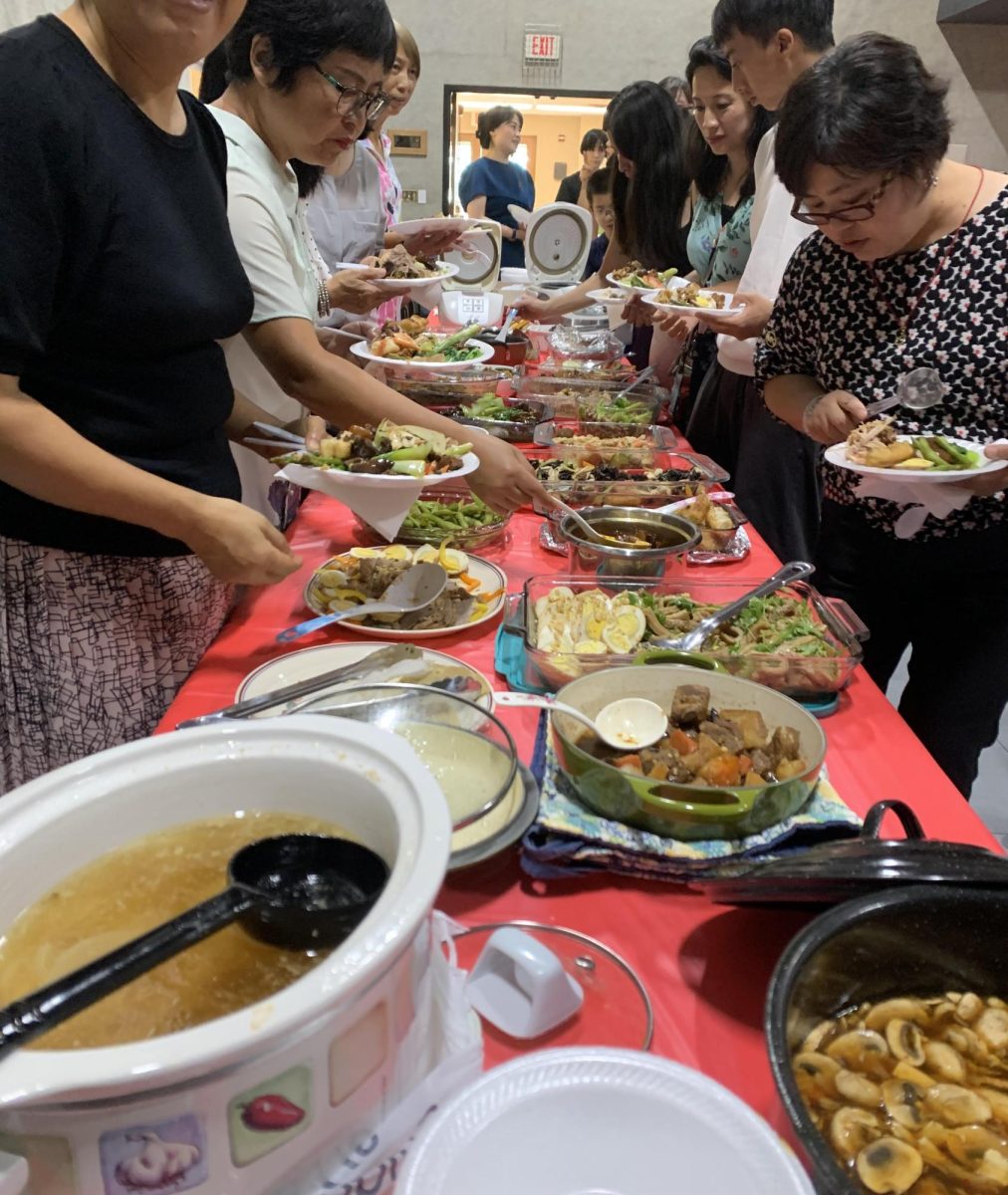In theory, the United States welcomes diversity. Realistically, Americans distance themselves from “foreign” culture, upholding pride in the superiority of their own. Despite claims of equality, the country falls obviously short, and this issue is only amplified in the context of food.
In agreement with the doctrine of America as the best in everything, including cuisine, international foods are avoided. Produce, meats, spices and cooking techniques uncommon to the United States are scrutinized before they are tried. Moreover, entire regions are unfamiliar to Americans, adding to the “exotic” view of those countries.
Indian foods are epitomized as foul-smelling and overly pungent. Chinese food, though well established in the States, is marked as cheap and greasy, even warranting the coining of Chinese restaurant syndrome to describe the adverse reactions of eating MSG, an additive heavily associated with Chinese takeout.
When it comes to other areas, though, Americans have little to no concept of the cuisine. They lack knowledge of Africa’s diversity, not to mention its wide variety of food. Central and South American cuisine is lumped together with the already Americanized ideas of Mexican food.
Not only are certain dishes seen as too gross to try, but eating practices are also criticized.
Americans commonly eat with their hands yet look down on others who do the same, labeling the practice as unhygienic and characteristic of inferior, less developed countries. Utensils such as chopsticks are either laughed at or exclusively used at Asian restaurants to make an “authentic” experience of eating American-invented foods.
Unsurprisingly, these discriminatory views breed embarrassment of cultural foods and heritage.
“There’s a sense of inferiority when it comes to certain foreign foods. I would feel incredibly self-conscious if I brought any Togolese dishes that we usually eat with our hands to school and probably get some odd looks,” explained junior Odelia Ayika.
The experience of ridicule is all too common for immigrants and second-generation individuals. School cafeterias are notorious for breeding unwanted questions and insensitive comments. “When you grow up eating Indian food from your kitchen, it tastes delicious. But when you go to school and your friends start asking you why it smells, the same food suddenly tastes disgusting,” junior Ameya Menon reflected.
In reality, international food is not the problem. Ignorant intolerance is.
Americans are quick to embrace the western world. Much of Europe is not viewed as foreign, but rather admired. French cuisine is synonymous with complexity and class. Italian food is high-quality and rich in flavor. While European foods highlighted in mainstream media are exemplified as delicacies and authentic must-tries, similar practices around the world receive contempt rather than glorification.
Caviar, escargot and steak tartare are attached to expensive French fine dining while eating cuy, or guinea pig, in South America is admonished as a violation of animal rights by some and treated as a gross, exotic food challenge by others. Reactions to traditional Chinese foods, such as pig feet and duck also establish America’s longstanding beliefs of Chinese people as “uncivilized, unclean and filthy beyond all conception,” as voiced by Horace Greenly, a 19th-century newspaper editor and founder of the Republican party.
Americans favor what is familiar to them. The more socially and economically similar to the US, the less foreign a cuisine is considered. As global westernization continues, the food accepted by Americans slowly expands.
Currently, these trends are present in the rise of Korean and Taiwanese food in the US. Just ten years ago, today’s mainstream foods were practically obsolete. Only recently have Taiwanese boba and Korean barbeque become trendy and accessible. Media also plays a role in indicating whether or not to accept a country. The rise in K-dramas and K-pop groups, for example, has popularized the country’s culture and food.
However, other countries are still far from praise. “This concept that some foods are gourmet while others are ‘unclean’ because of how you eat them or what they’re made of has to do with whatever is closest to whiteness and what the western world deems as acceptable,” Ayika assessed.
American ideals run deep. Cultural stigmas continue to isolate foods as unpalatable, prioritizing proximity instead of widespread acceptance. Without willingness to look past stereotypes, America’s exposure to differing customs and cuisines will be forever delayed.










Leila Assadi • Oct 24, 2023 at 4:10 pm
Another great article Laura. Can’t wait to see what else you write this year!